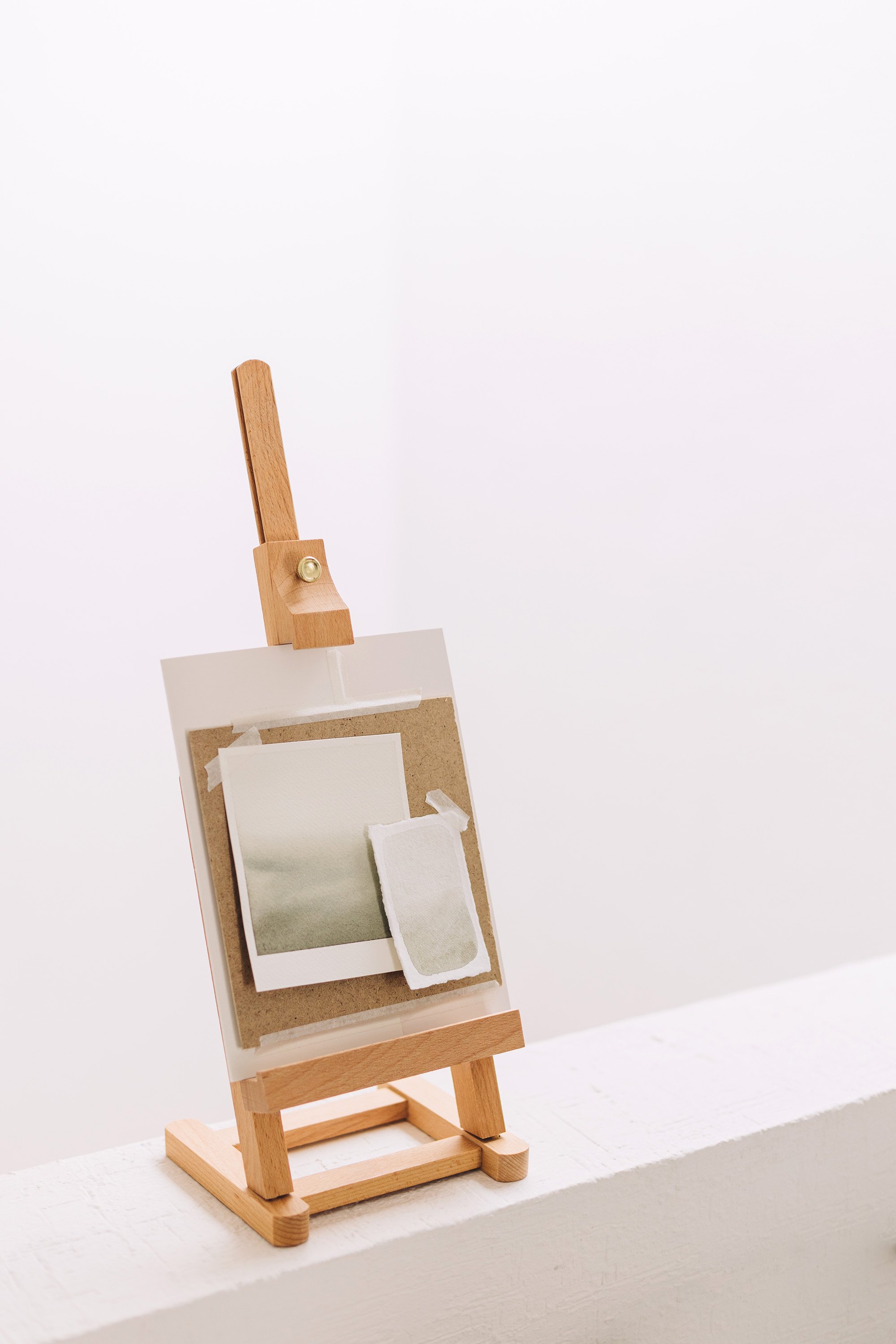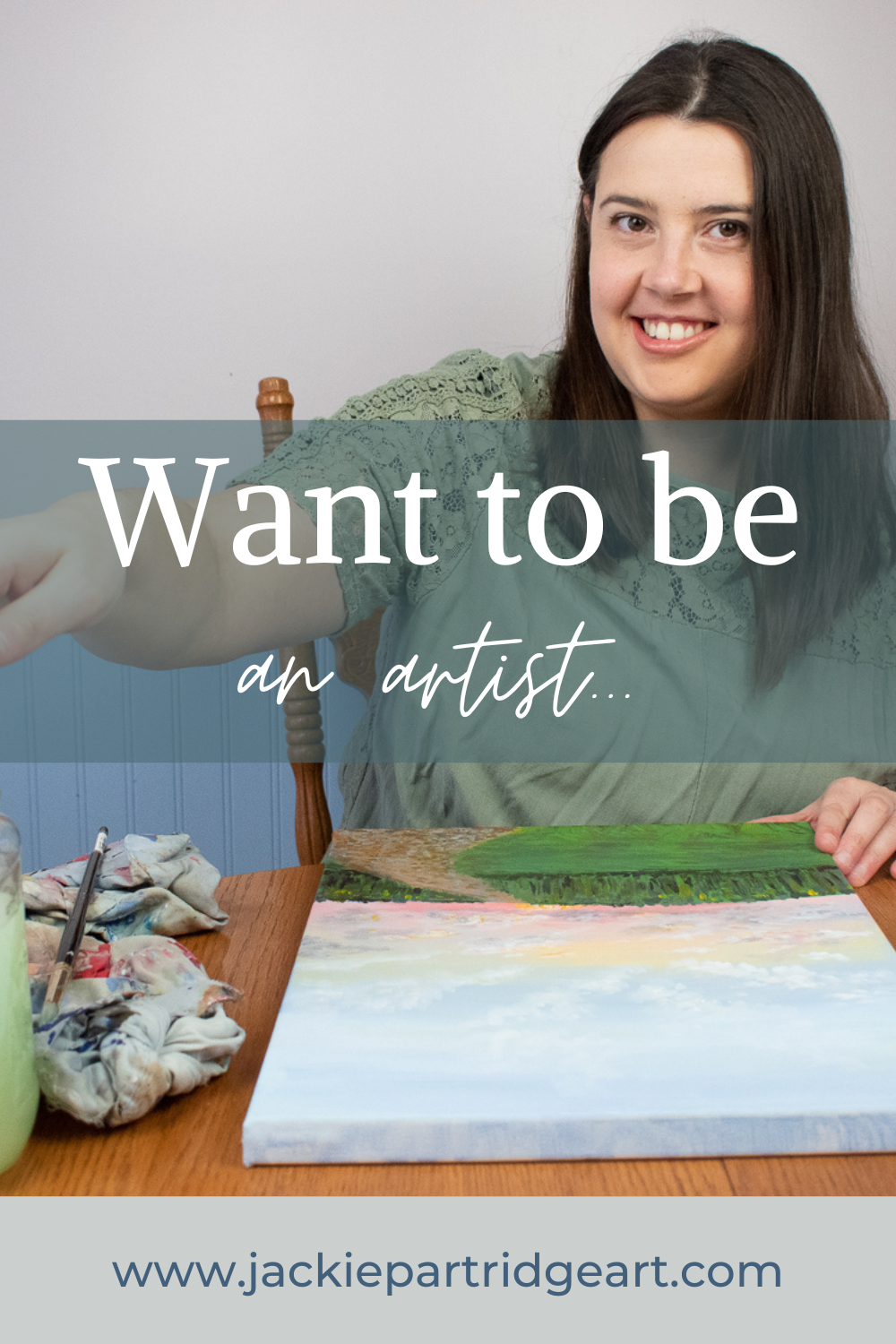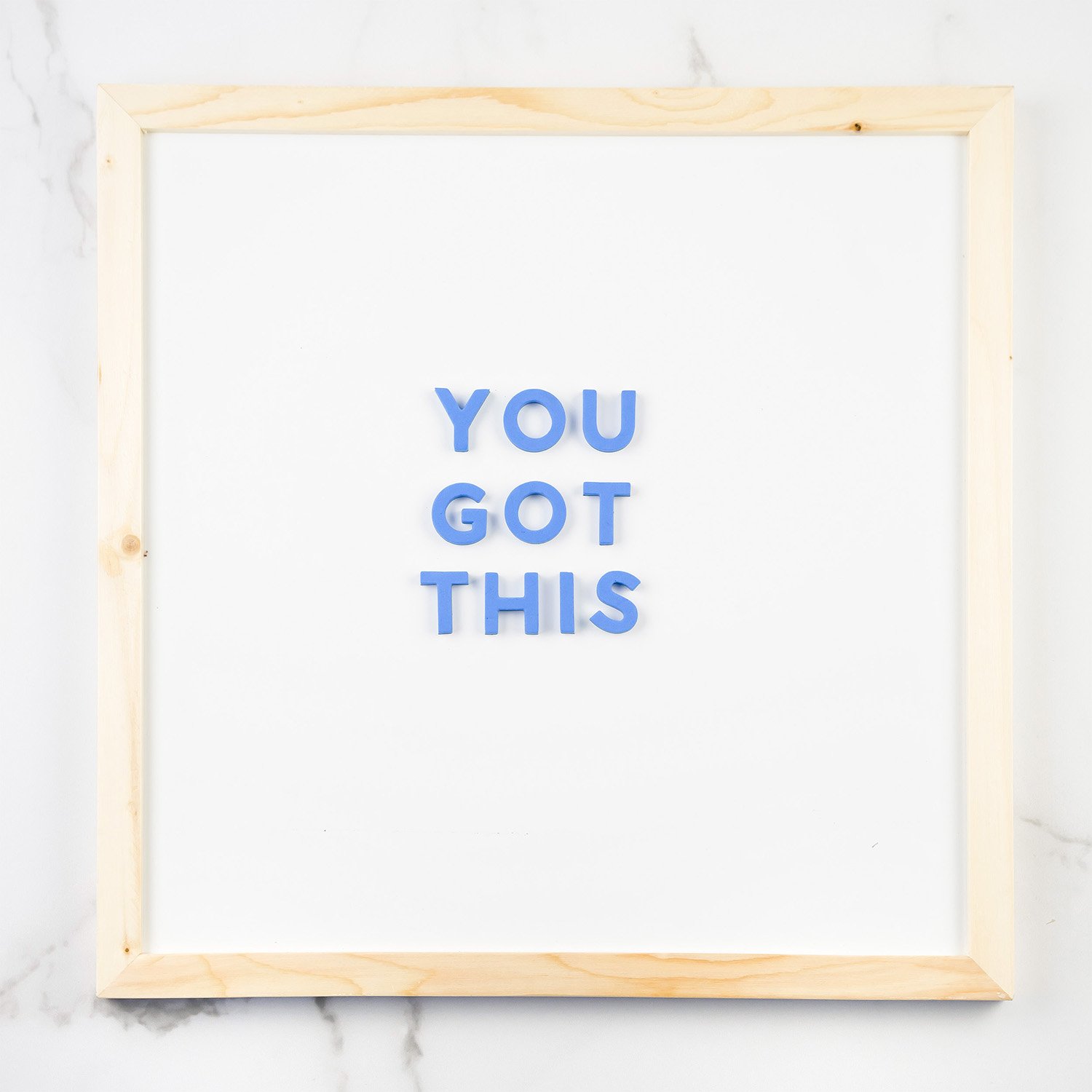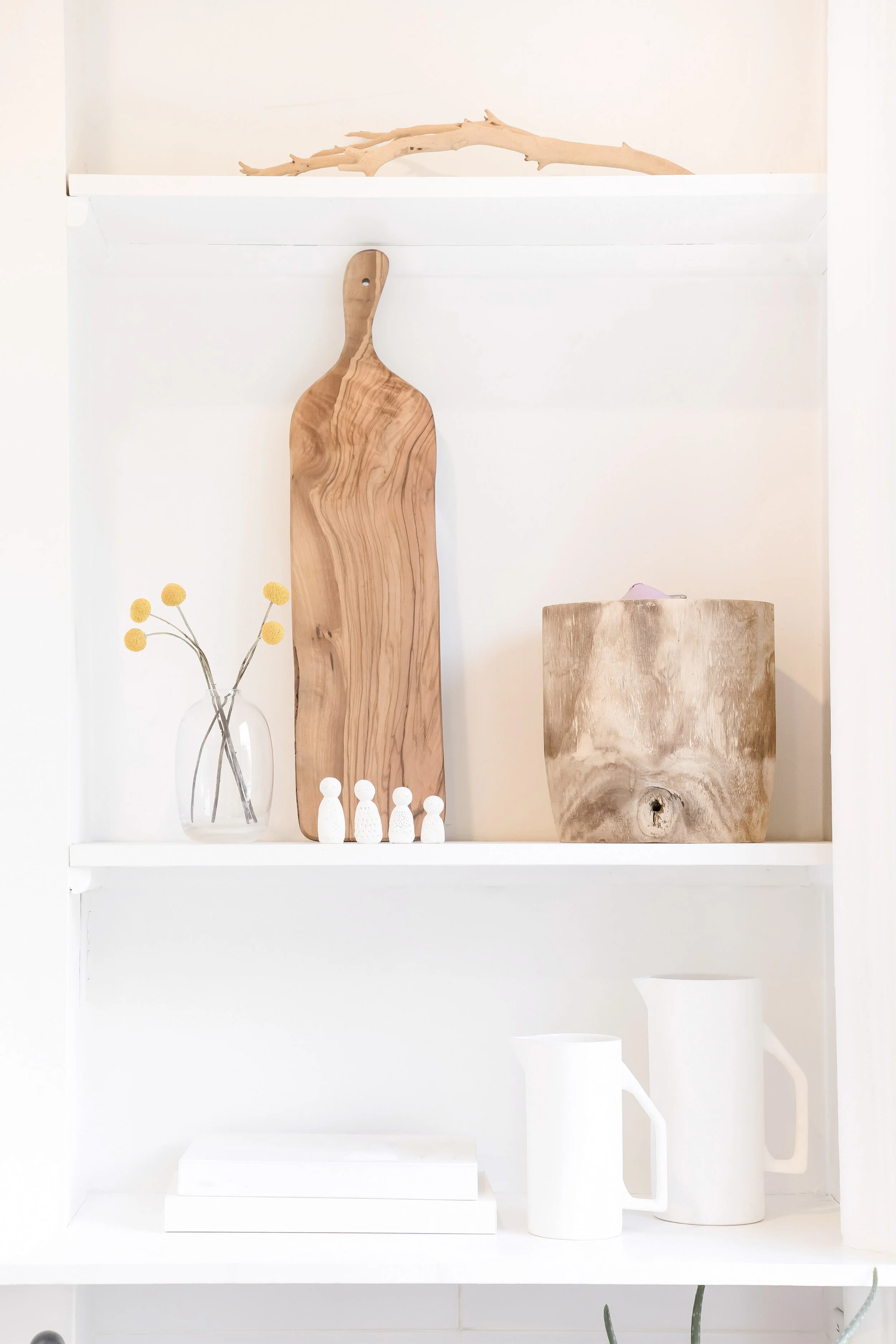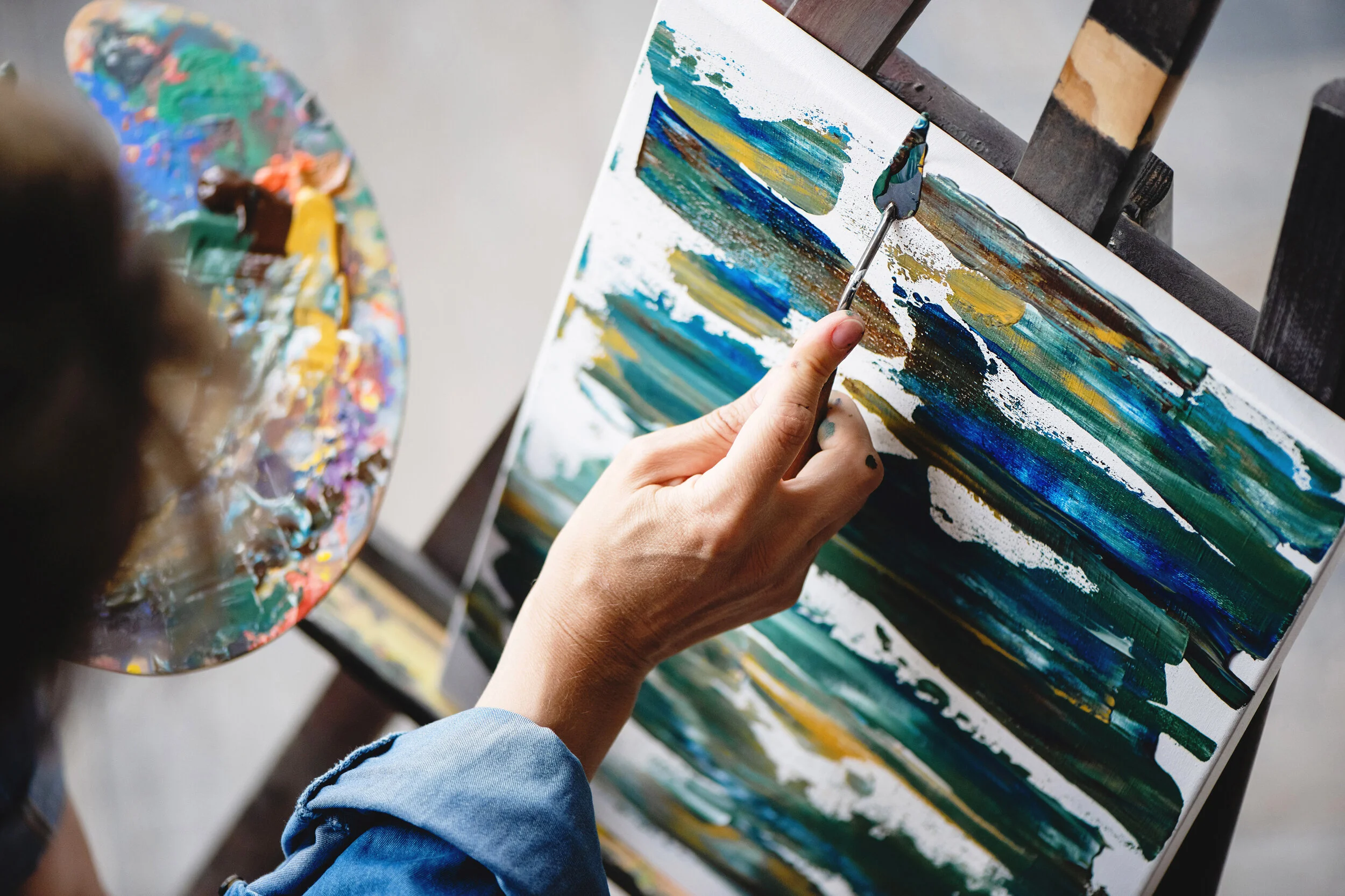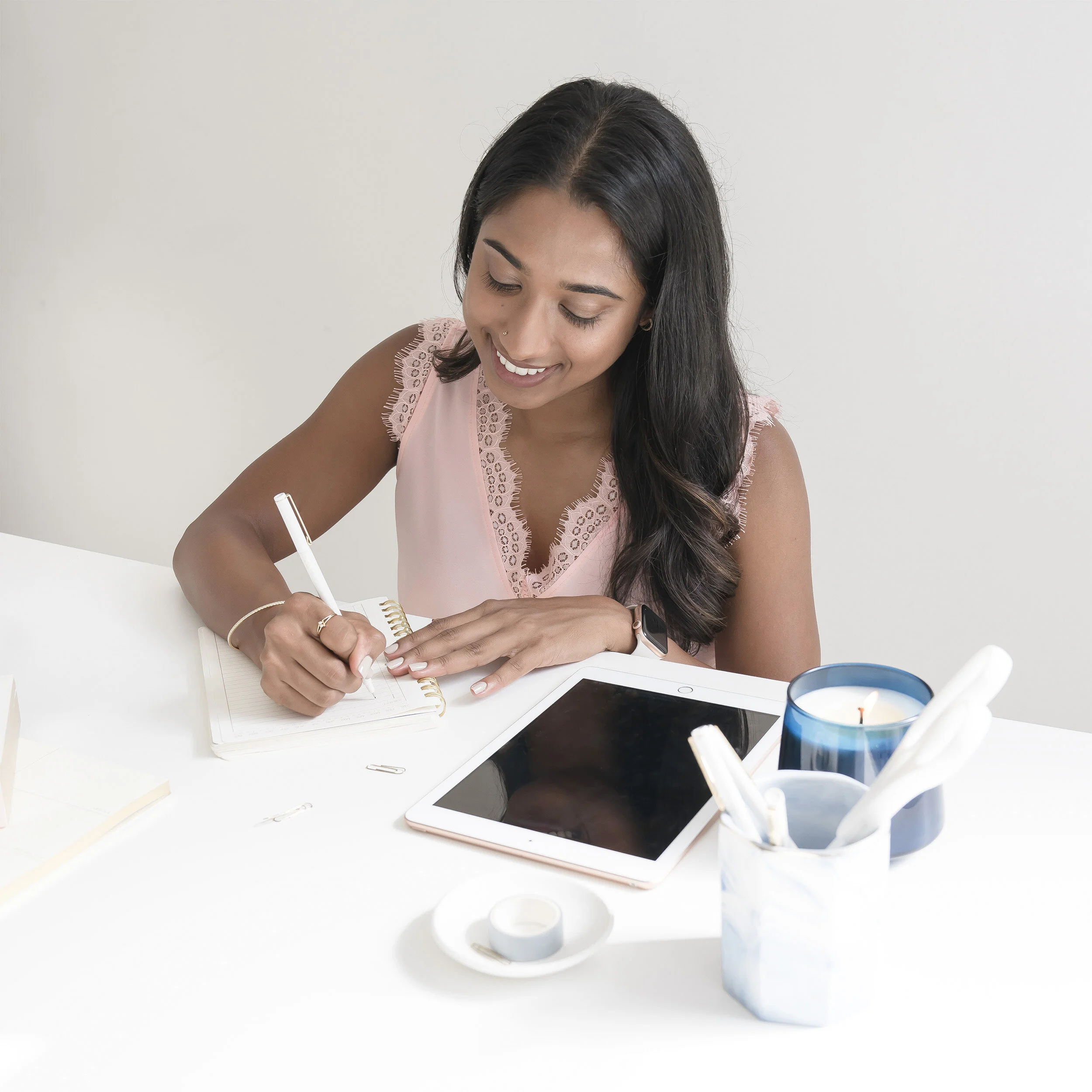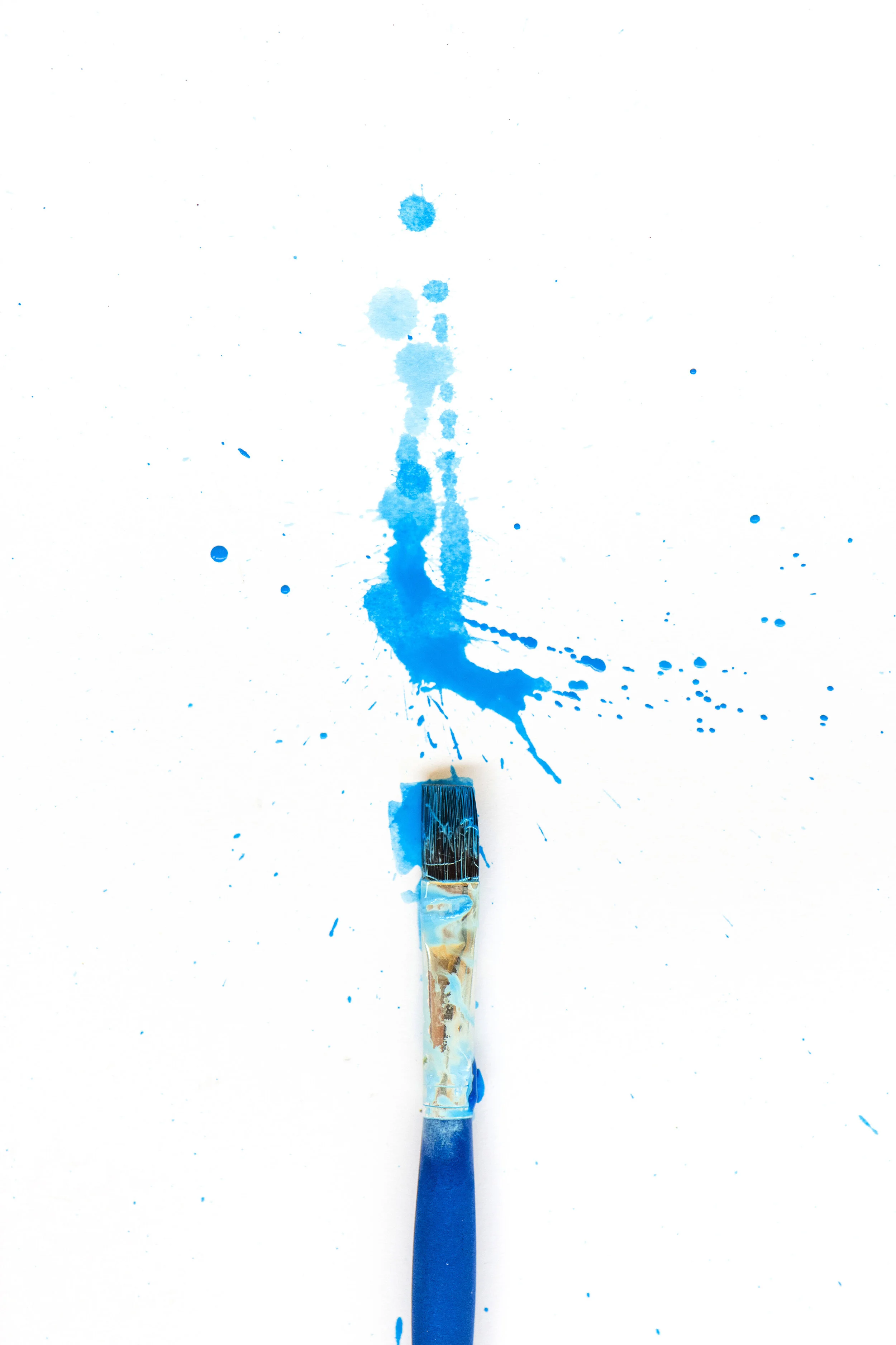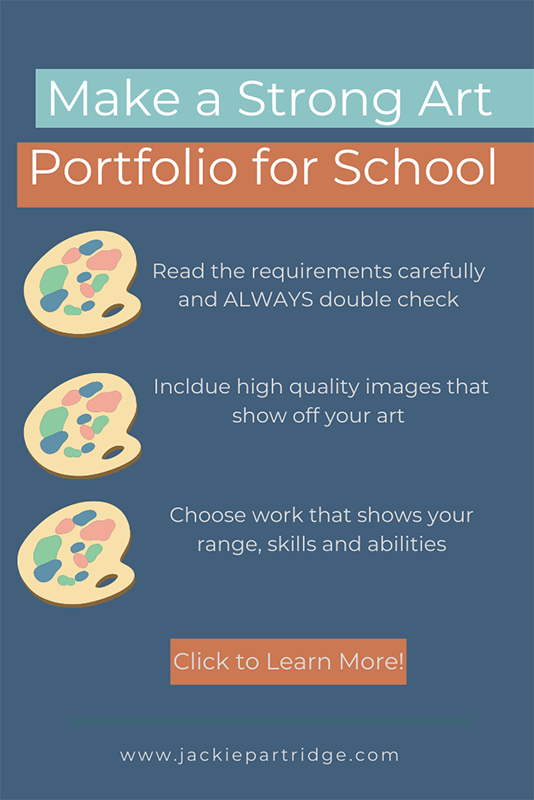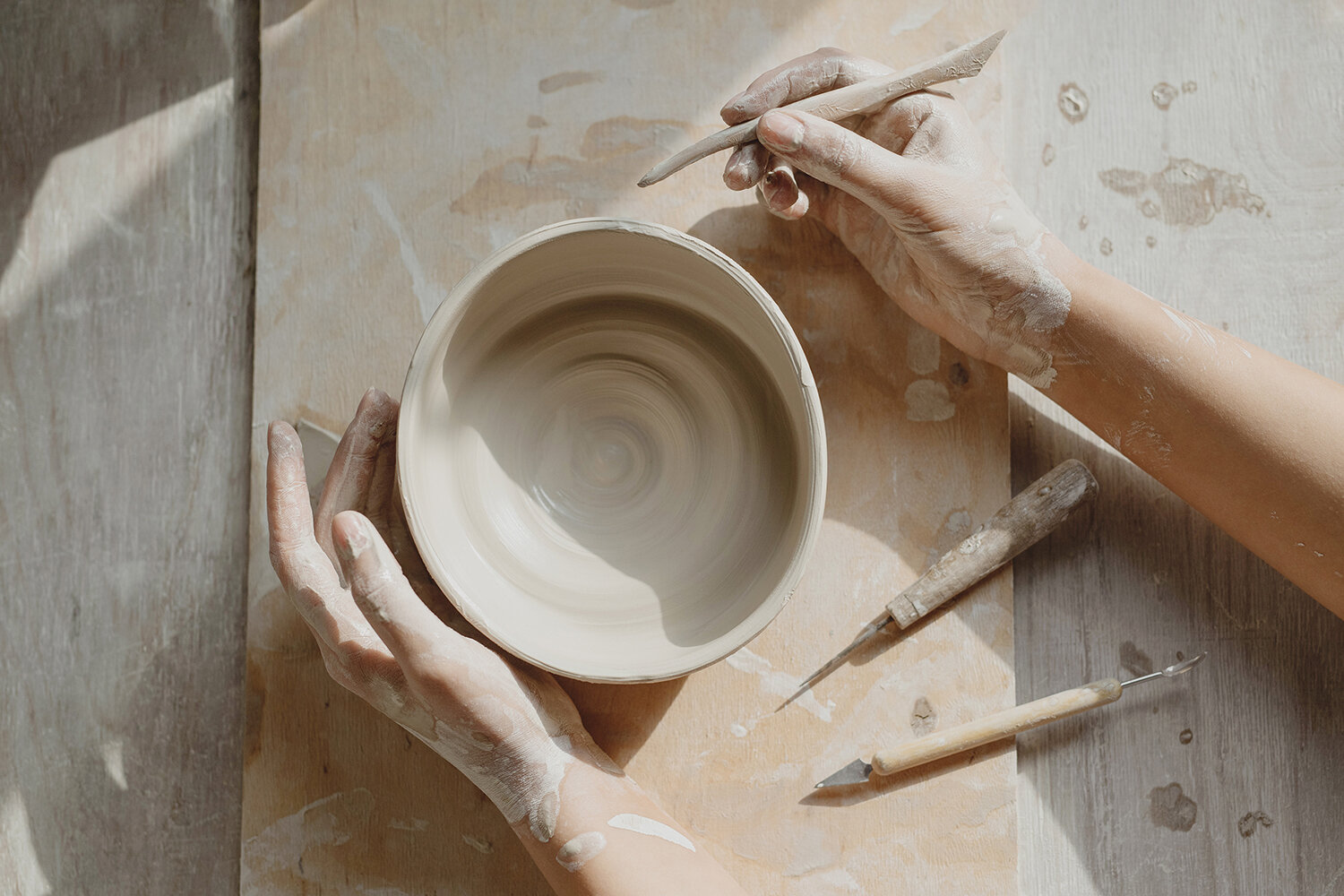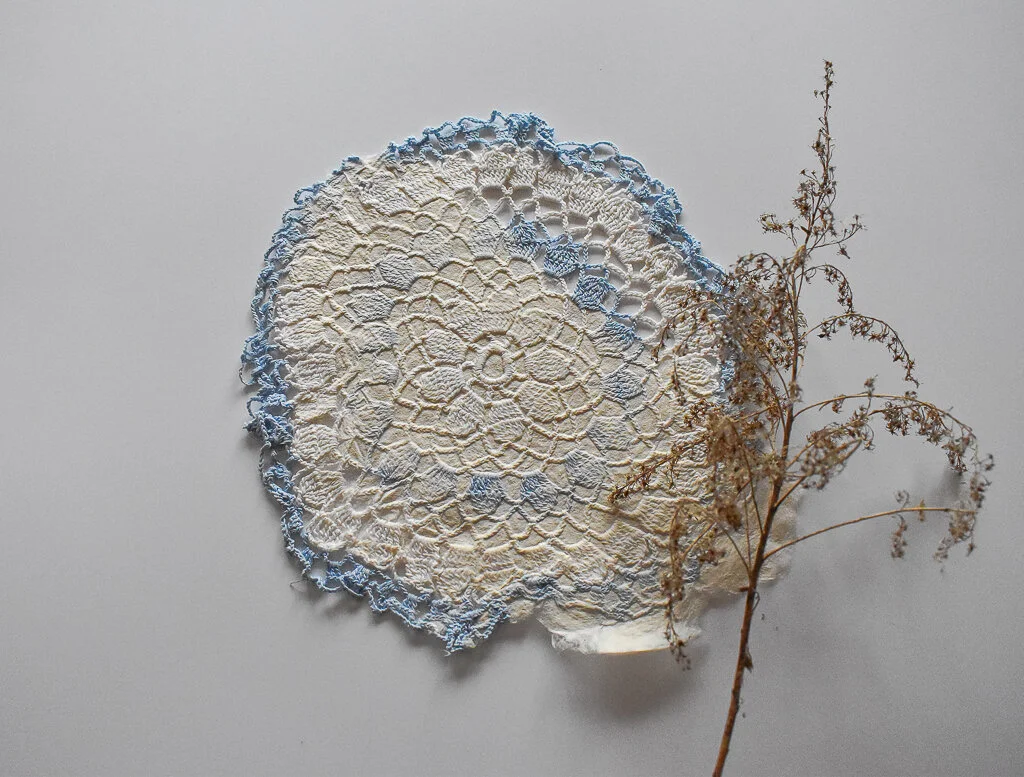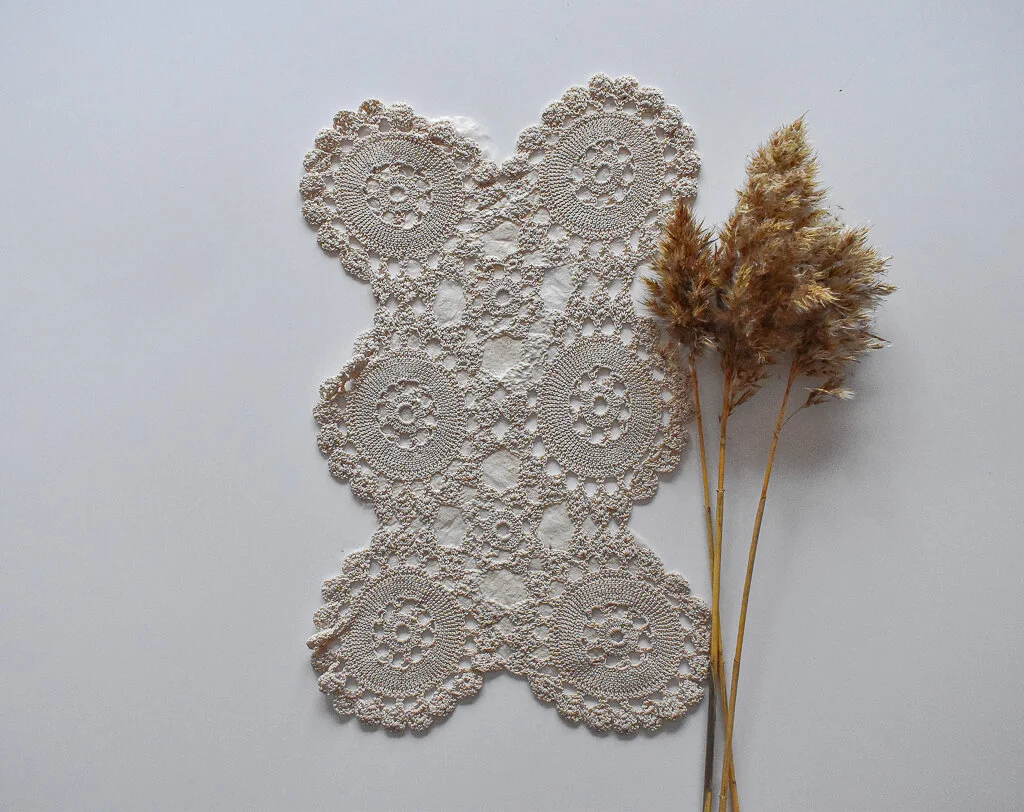Learn how to be an artist. It is a lot simpler than you might think. Being an artist is fun to be able to make your own art and make money off your art but there are some business and administrative tasks involved. Keep reading, to learn more about how to be an artist.
How to Be an Artist
Make art and sell it. I wish it were that simple but it doesn’t need to be overly complicated. Often artists, including myself, get caught up with the never ending to-do list and forget to focus on the basics of making art and selling it. The number one focus for artists should be to make art and to sell art.
Make Art
No famous artist made a masterpiece the first time they made art. It takes time and practice like any new skill. It also takes awhile to define what you want to make art about. What do you want to be known for? What art do you like making? In order to answer those questions you have to make a lot of art and focus on that daily if not weekly.
Market Art/Sell Art
When you aren’t making art it is important to share about your art while growing a community of fans. Build your social media platforms by posting consistently, grow your email list by offering a freebie or discount like free shipping on artwork and share about what you are making.
It’s important to share about your art and process 80% of the time and then sell to your audience for the other 20%.
Decide where you want to sell your art. Start small and simple first. You can sell on your website, Etsy, Amazon or a print on demand website like Society6. You can also try selling at local art markets.
Once you have established an email list, one social media platform and making and selling art you can begin to add other elements to extend your business as an artist. Here are some ideas below:
How to Be an Artist - Ideas
Affiliate marketing
YouTube or Podcast
A blog
Selling art on another platform
Adding another social media platform
Apply to artist awards/grants
Apply to artist residencies
Apply to art exhibitions
Reach out to stores to pitch your artwork
Teach a course or a workshop on an art technique you use
As you can see there are lots of possibilities for how to be an artist. There is also no right way to become an artist.
If you want to get into art school and need help with you art portfolio application click on the links below:
Art portfolio prompts to help you with ideas of what to include
Art portfolio coaching to answer questions and help you prepare your portfolio
Connect with me on social media by clicking on one of the icons below! Best of luck with your journey to becoming an artist!
Related Articles:
Check out my YouTube channel and subscribe
Get on the —> Art Portfolio Course Waitlist


